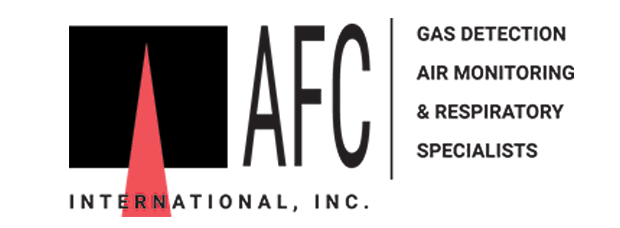What Are PAPR Respirators?
What Are PAPR Respirators? Powered Air-Purifying Respirators (PAPRs) are cutting-edge respiratory protection equipment made to continuously supply the user with clean air while filtering out dangerous airborne pollutants. Before delivering air to the wearer, PAPRs actively pull air through a series of filters using a battery-powered blower, in contrast to traditional respirators that rely on…
Details